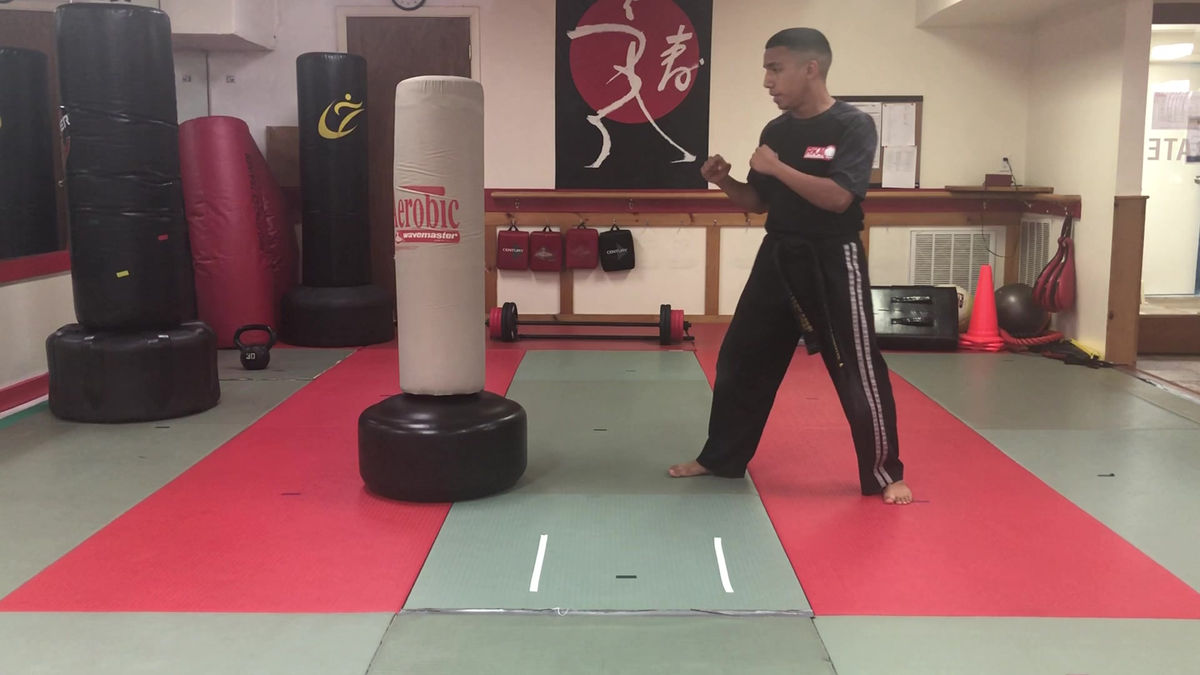Katana
- Joseph Fanning
- Aug 24
- 3 min read
The katana is a traditional Japanese sword known for its distinctive curved blade, razor-sharp edge, and deep cultural and historical significance. Originally used by samurai warriors, the katana has become a symbol of honor, discipline, and craftsmanship. Today, it is not only admired as a weapon but also revered as an art form and a representation of Japanese heritage.

History of the Katana
The katana emerged during the late Heian period (794–1185) and gained prominence in the Kamakura period (1185–1333), evolving from earlier straight-bladed swords. As warfare changed and armored cavalry became more common, the curved blade of the katana proved more effective for quick, slashing attacks from horseback. It eventually replaced the older tachi sword and became the primary weapon of the samurai class.
Throughout the centuries, the katana was refined both as a weapon and as a work of art. Swordsmiths developed advanced forging techniques to produce blades that were both strong and flexible, with a sharp edge that could withstand heavy use.
Design and Features | Katana
Blade: The katana’s blade is single-edged, curved, and typically ranges from 60 to 80 cm (23 to 31 inches) in length. It is forged using a complex folding process that layers different types of steel for durability and sharpness.
Hamon: This is the visible temper line along the blade, resulting from the differential hardening process. It’s both functional and decorative.
Tsuka (Handle): The handle is traditionally made of wood and wrapped with rayskin and a cloth or leather cord for grip. It may also contain ornamental elements like menuki (grip charms).
Tsuba (Guard): The hand guard varies in shape and design, offering protection and balance.
Saya (Scabbard): Made from lacquered wood, the saya protects the blade and completes the sword’s aesthetic.
Symbolism and Philosophy | Katana
To the samurai, the katana was more than a weapon—it was the soul of the warrior. Its creation involved spiritual rituals, and carrying it was considered a privilege. A samurai's katana symbolized loyalty, duty, and honor. The discipline required to master its use also reflected the mental and spiritual training central to the samurai code, or Bushidō.
Modern Use and Cultural Influence
Today, the katana is used primarily in:
Martial Arts: Arts like Iaido, Kendo, and Kenjutsu preserve the traditional techniques of drawing, cutting, and sword combat.
Ceremony and Collecting: Authentic katanas, especially those crafted by master swordsmiths, are highly valued as cultural artifacts and collector's items.
Pop Culture: The katana features prominently in films, anime, and video games, often portrayed as a weapon of elegance and deadly precision.
Joe's Conclusion
The katana is a remarkable blend of form and function—both a weapon of war and a symbol of artistic and spiritual expression. Its legacy spans centuries, and its influence continues to inspire martial artists, historians, and craftsmen around the world. Whether admired for its historical significance or its elegant design, the katana remains an enduring icon of Japanese culture.
I have 2 wooden practice katanas for Kendo fencing. I love them. There are many books and movies with regard to using the katana. Miyamoto Musashi is a great katana swordsman who won over 60 battles vs. Sensais with the katana and is worth noting.
Joe studied at Harvard and is currently a professional student at Full Sail University.










Comments